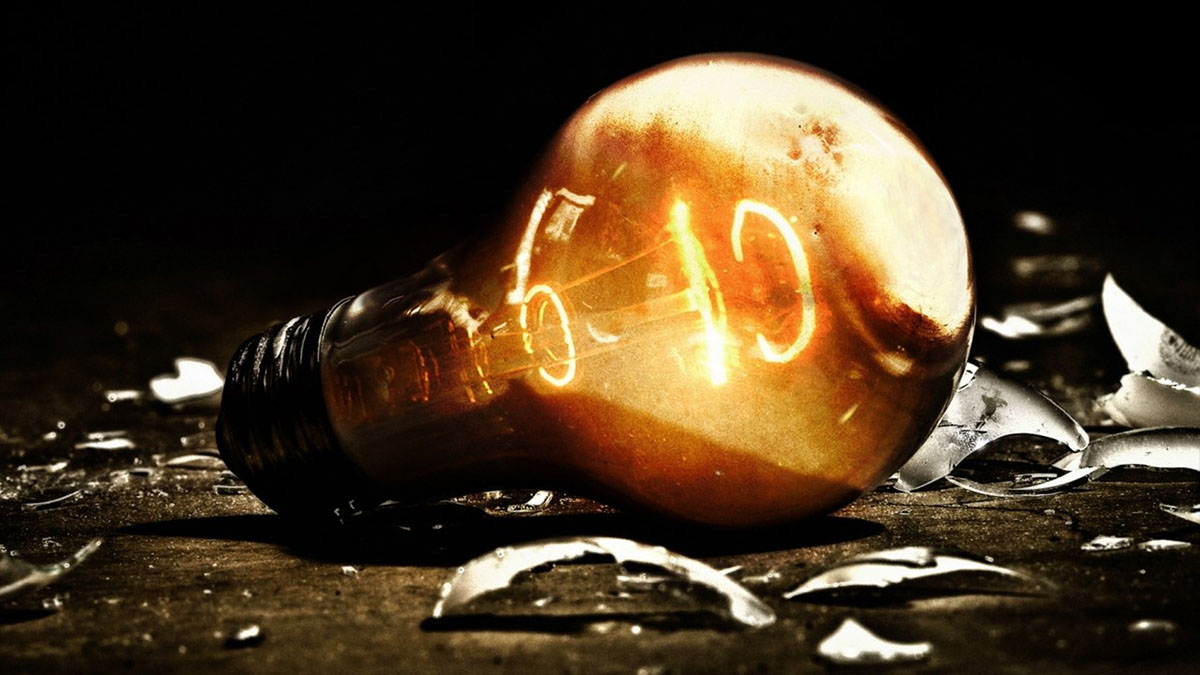we call it zero point for a reason…

Here’s an oldie but a very persistent one, almost magically rearing its physics-defying head at random in pop sci articles describing a potential breakthrough in energy generation like fusion, or lamenting potential future shortages of energy as our demands grow. Back in the 1970s or the 1980s, maverick scientists not working for greedy conglomerates not only discovered zero point energy but also how to harness it into an infinite and extremely cheap power source. Needless to say, energy companies weren’t having any of this free or virtually free energy stuff and proceeded to either buy patents to zero point energy machines, intimidate the scientists into staying silent about their discoveries, or even outright kill them, then disguise their dirty work as accidents or a sudden illness. And this is why instead of buzzing around the galaxy in shiny new warp drives feeding off the expansion of the fabric of space and time itself, we’re burning dead plans and heating water with uranium pellets. It’s because the man keeps us down to make a buck. Well it’s either that or those who believe that an infinite source of energy is out in the quantum wild seem to have a profound misunderstanding of physics…
Now there really is such a thing as zero point energy and some of the weirder constructs in quantum physics known as virtual particles, detected by measuring the Casimir effect in a lab, are tied into this concept. But in true popular conspiracy style, those who believe that we can harness it to drive a post-industrial revolution are far too focused on the energy part to take note of the zero point prefix. And that prefix is the important part here because rather then denoting that there’s energy floating in nothingness, there for the taking with enough tech savvy and the right tools for the job, it’s really a measurement akin to absolute zero. Just like -273.15 °C is the coldest to which an object can possibly be cooled, zero point energy is the lowest possible energetic state an object can achieve. Of course zero point does not really mean that there’s zero energy in a system because a number of quantum phenomena, such as virtual particles randomly popping in and out of the fabric of space and time, would mean that there’s never truly zero energy within a physical structure. And that’s why physicists think that truly attaining absolute zero and ceasing entropy is just not possible, although there are objects in space very close to the absolute zero threshold and we can generate even colder temperatures in labs to do things like create exotic fluids and materials and test CPU components for quantum computers.
So what zero point energy proponents are really saying, if we apply their terminology to real physics, is that an object with the lowest energy state it can achieve in nature can be used to power our cities. How will that work out exactly? Isn’t their proposal a bit like saying that we should ditch our nuclear power plants and replace all of them with just one narcoleptic hamster on a wheel? How efficient will that be at providing all the megawatt hours a modern metropolis needs to keep all its automated systems running and beam enough power into a few million homes and tens of thousands of offices to keep modern life humming along? Even if through very complex devices we could extract energy from the quantum mesh (and there are news of a study saying that it can be done submitted to a top journal for publication), the gains are bound to be meager. Think about it. If particles in their least energetic state are actually brimming with immense power, wouldn’t they tear apart just about every atom in the universe by uniformly driving the expansion of the space-time fabric as they fluctuate? Were zero point energy an efficient and effective power source, we should be nothing more than a four trillion degree hot quark-gluon plasma broiling for billions of years across immeasurably long manifolds of space.
Considering that particles constantly collide, zipping around space at either the speed of light or very close to it, constantly bombarding everything from planets, to stars, to us, and still generate just barely enough energy to be harnessed for more than wiggling a few atoms around in highly specialized instruments, how can their stationary cousins in a vacuum possibly be harnessed to do anything more useful than help scientists test a novel hypothesis about the quantum world? But of course the zero point conspiracy theory isn’t about science or terminology. It, like much of traditional UFO folklore, is really about the theorists’ disappointment with how slowly our species is advancing in science and technology compared to their favorite sci-fi novels, and a long standing distrust and suspicion of massive energy conglomerates and their motives. I’m sure we can agree that questioning how energy companies deal with technologies that can challenge their business models is certainly not unwarranted, especially considering how oil companies managed to help turn the discussion of global warming into partisan shouting matches in order to keep the industry’s status quo. And we should be asking whether energy companies employ executives with minds open enough to integrate a new technology. But that technology needs to exist first, or at least be physically possible before we start asking…





